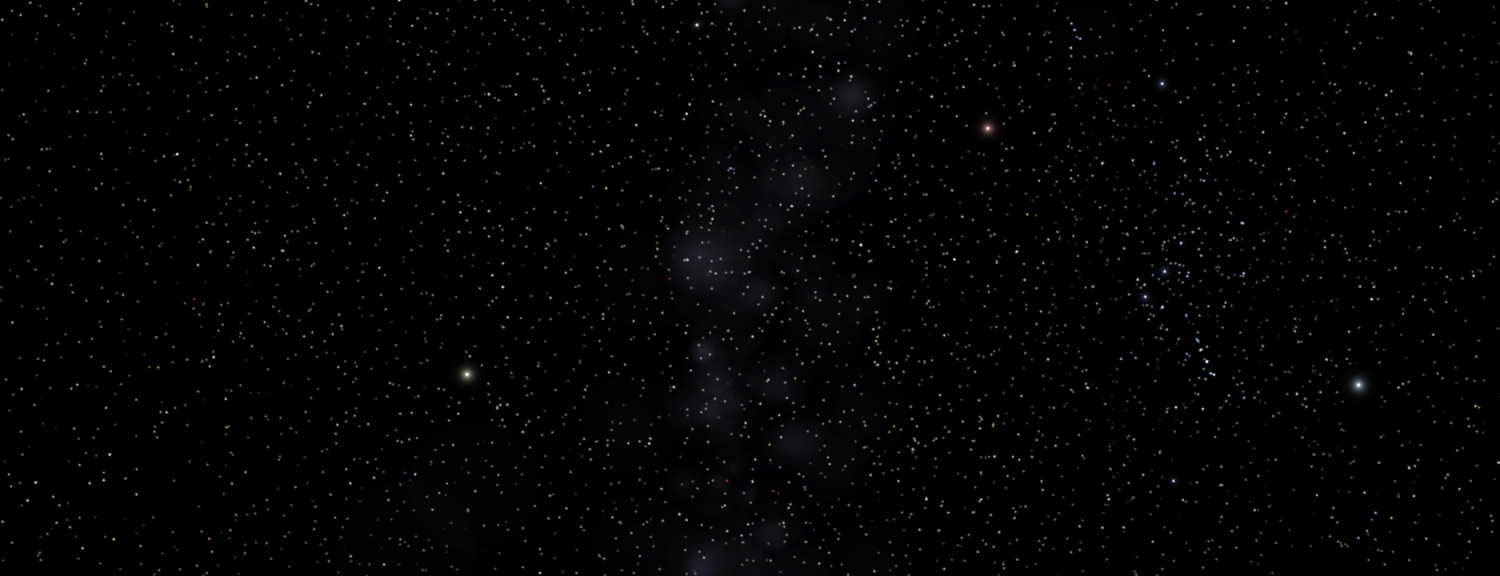A Science Fiction Adventure … this story bolstered my faith that someone can still write decent sci-fi. Sellenria brings you back to a timeless quest on an alien world. Archaeologist Stenn Gremm was following the
Time is something that humanity has always known and measured. Early humans marked the days of the year to know when the solstices were, when to plant crops, when to expect the monsoons. But we tend to think of timekeeping as a more modern device. Clocks to tell workers their shift at the factory, or when to expect the next train. (Time zones were the creation of the railroads to allow them to synchronize their schedules.)
Like a Stream Returning Not Again… Our February 20 newsletter is out. Please check it out. Time is something that humanity has always known and measured. Early humans marked the days of the year to know when
This month we are featuring graphic novels, those beautiful volumes that marry artwork with storytelling. The stories can be as deep and as moving as novels that employ only prose, but their form brings both freedom and constraints to tell stories in a different way.
Graphic Novels Month The February 6 Newsletter is now out! Check it out for our reviews of Graphic Novels!This month we are featuring graphic novels, those beautiful volumes that marry artwork with storytelling. The stories can be
The writing of Sellenria II is moving along. It takes up the story of how Stenn’s ancestor Jonan came to be on Sellenria and explores how events can be surprisingly different than the legends told centuries later. Here, Perrhen is telling of the legends of even more ancient figures in the Kir Leth civilization.
“Gleomere was Polnedra’s greatest creation. In some tales, that was literally true, in that she shaped him to be beautiful, and admirable, and quick, and intelligent, and then imbued him with a portion of her own creative spirit.
The Changing of the Year From the January newsletter.If this were a normal year, I would be in Japan with my family. I call my wife’s mother’s house “the last house at the end of
If this were a normal year, I would be in Japan with my family. I call my wife’s mother’s house “the last house at the end of the rice fields before the mountains.” It’s in a small village at the edge of a populous river valley. Beyond it are steep hillsides, often planted with rows of tea bushes. Wild boar and monkeys make their home there, requiring a defensive perimeter around the family gardens to stop their depredations. There is probably a local legend of the gaijin who once a year walks over the mountain to see the temple on top and the ruins of a castle that stood there four hundred years ago. The few other hikers stare, but bow when I wish them akemashite omedetou – happy new year – as I pass. Even up here, small shrines and buddha statues are tucked along the path, hiding among the gnarled tree roots.
As 2020 draws to a close, we want to say thank you to all of our loyal readers.
This has been a year like no other, the sort of tale for which you sincerely hope no sequel will ever be made. It appears that we’ll turn the corner on the virus, and with luck, on the economy. There’s more to do, on climate action, on equality, on moving from discord to discourse in our public forums. Perhaps this is the year we can say we made a start on those.
Whatever you celebrate – and we have readers all over the world, so we know that includes Christmas, Hanukka, 正月, the solstice, and probably Beltane as well — we wish you the very best of
fortune in the new year.
We often talk with each other about what books we’ve read, so this month we decided to share our list of all-time favorite sci-fi and fantasy books with you. We have similar interests, such as historical fiction, sci-fi grounded in real-world science, realistic characters, and epic fantasy world-building, so there was some overlap. We also learned some things about each other and ourselves. We seem to both gravitate toward classical sci-fi and “Golden Age” authors such as Asimov, Clarke, and Bradbury, and our shared enthusiasm for Neil Gaiman’s works rang out clearly in the fantasy arena. But we each found something new in the other’s picks as well.

